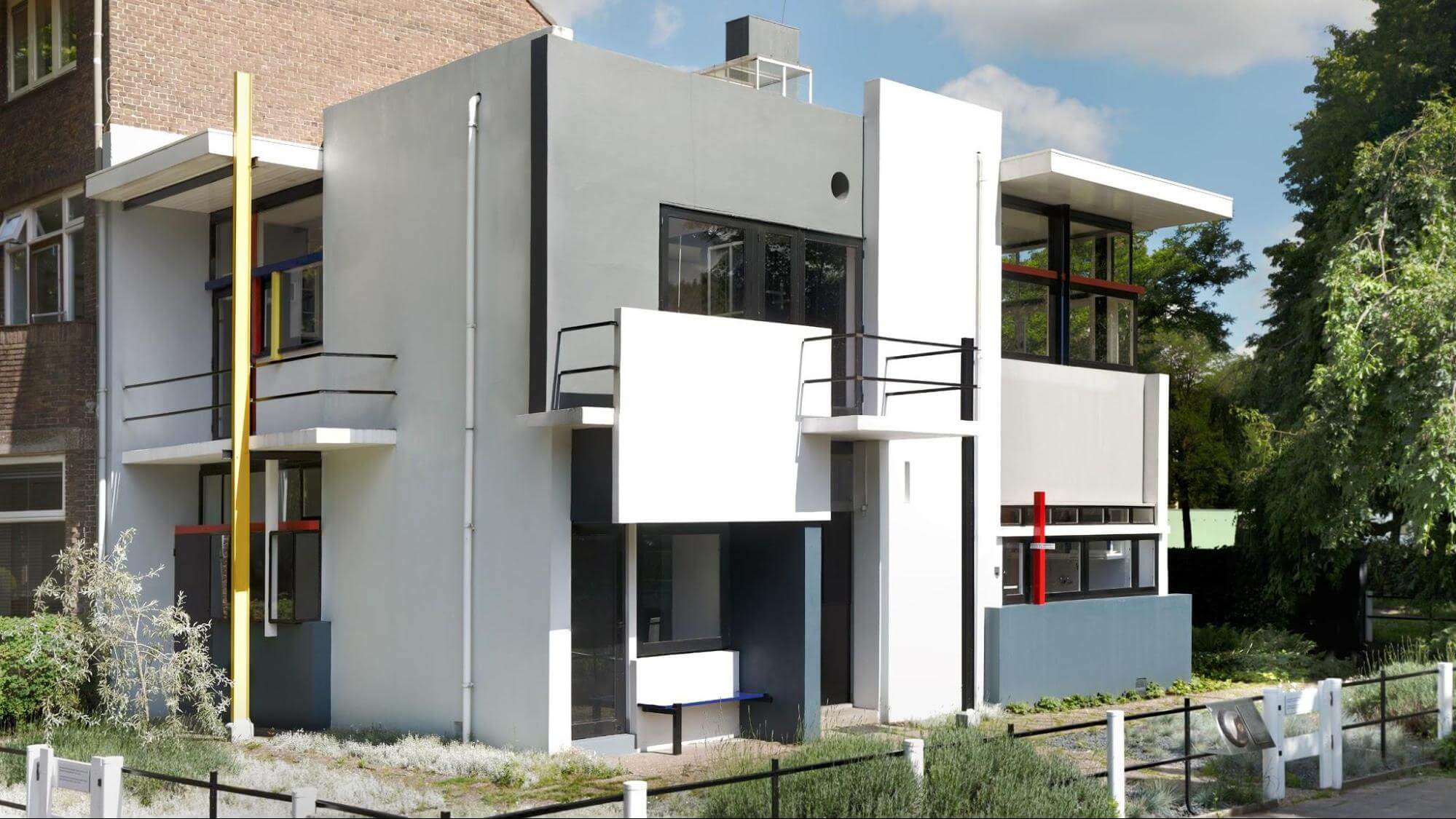Art and design have always been intertwined, sharing a symbiotic relationship that has shaped the way we perceive and interact with the world around us. The modernist movements of the 20th century have been particularly influential in this regard, with various art movements shaping the trajectory of design. In this post, we will delve into the connections between art and design, exploring how modern and modernist design movements have been influenced by art.
The Birth of Modernism
Modernism emerged in the late 19th and early 20th centuries as a reaction to traditional artistic practices and societal norms. It sought to break away from historical styles, embracing abstraction, experimentation, and a focus on the individual’s experience.
Cubism and Geometric Design
Cubism, pioneered by artists like Pablo Picasso and Georges Braque, deconstructed objects into geometric shapes, emphasizing multiple perspectives. This approach heavily influenced the geometric design in architecture and industrial design, leading to the creation of iconic pieces like the Wassily Chair by Marcel Breuer.

Surrealism and Conceptual Design
Surrealism, with its focus on the unconscious mind and dream-like imagery, inspired designers to explore unconventional forms and materials. Salvador Dalí’s collaboration with designer Elsa Schiaparelli, for example, resulted in avant-garde fashion pieces that challenged conventional aesthetics.
The Bauhaus Movement
The Bauhaus school, founded in Germany in 1919, played a pivotal role in bridging the gap between art and design. It emphasized the unity of art, craft, and technology, fostering a multidisciplinary approach that shaped modern design principles.

Influence of Abstract Art
Abstract art movements like De Stijl and Constructivism were integral to the Bauhaus philosophy. They emphasized geometric abstraction and functionalism, principles that were applied to everything from typography to furniture design.

Postmodernism and Eclecticism
Postmodernism emerged in the latter half of the 20th century, challenging the rigid rules of modernism. It embraced eclecticism, irony, and the mixing of different styles and cultural references.
Pop Art and Consumer Culture
Pop Art, with its celebration of consumer culture and mass media, influenced graphic design and advertising. Artists like Andy Warhol and Roy Lichtenstein used commercial imagery to create art, blurring the lines between high and low culture.

The intersection of art and design is a rich and complex tapestry, with modern and modernist design movements drawing inspiration from various art movements. From Cubism’s geometric forms to Surrealism’s dream-like imagery, art has continually shaped design, pushing boundaries and challenging conventions.
The exploration of this intersection not only enriches our understanding of design but also highlights the fluidity and interconnectedness of creative disciplines. It reminds us that art and design are not isolated practices but part of a broader cultural dialogue that continues to evolve and inspire.
